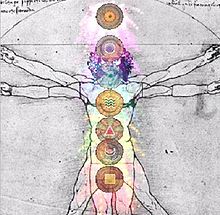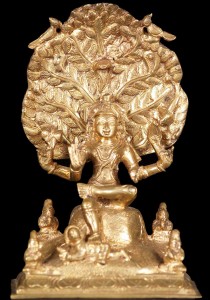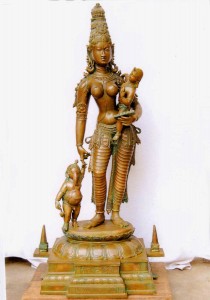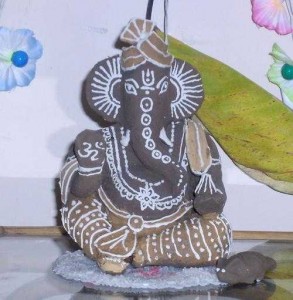Taking care of the earth and all its living creatures is an essential part of Buddhist practice. Within the vast array of Buddhist teachings, 3 relate directly to the exercise of taking care of our sacred planet. The first of these is what is referred to as ‘interdependent origination’ in which Buddhists believe that nothing on this earth has independent existence. All of earth’s creatures can be thought of as a thread on the same great tapestry of the universe and therefore intrinsically linked together. Our interactions keep the tapestry in a constant state of flux. So in essence whatever conditions happen to one, happen to all.
The second teaching is the First Precept, or ‘do not kill.’ This entails that we must not directly harm another living creature nor allow others to kill for us. This has enormous implications, as believers must make sure that every product they buy is produced or obtained without destruction of the environment. Obviously keeping track of everything would be an arduous task for any individual, so one must at least be mindful and not blatantly disregard the origins of purchases.
The last teaching is called ‘metta’ or showing loving-kindness towards every being. This means that we must show kindness even towards things we do not like or find trivial. As the metta sutta put it,
“As a mother would risk her life
to protect her child, her only child,
even so should one cultivate a limitless heart
with regard to all beings.”
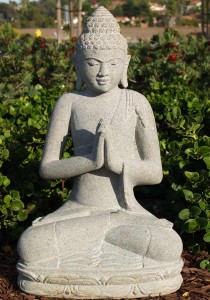
We should all put forth a better effort to be more mindful of our environments in order to help take care of our sacred earth. Even adopting simple practices such as recycling, planting a small vegetable patch, or riding a bike every once and a while instead of driving can make a big impact. And don’t forget to enjoy your environment. Keep your yard healthy and thriving while enjoying its beauty and tranquility.

